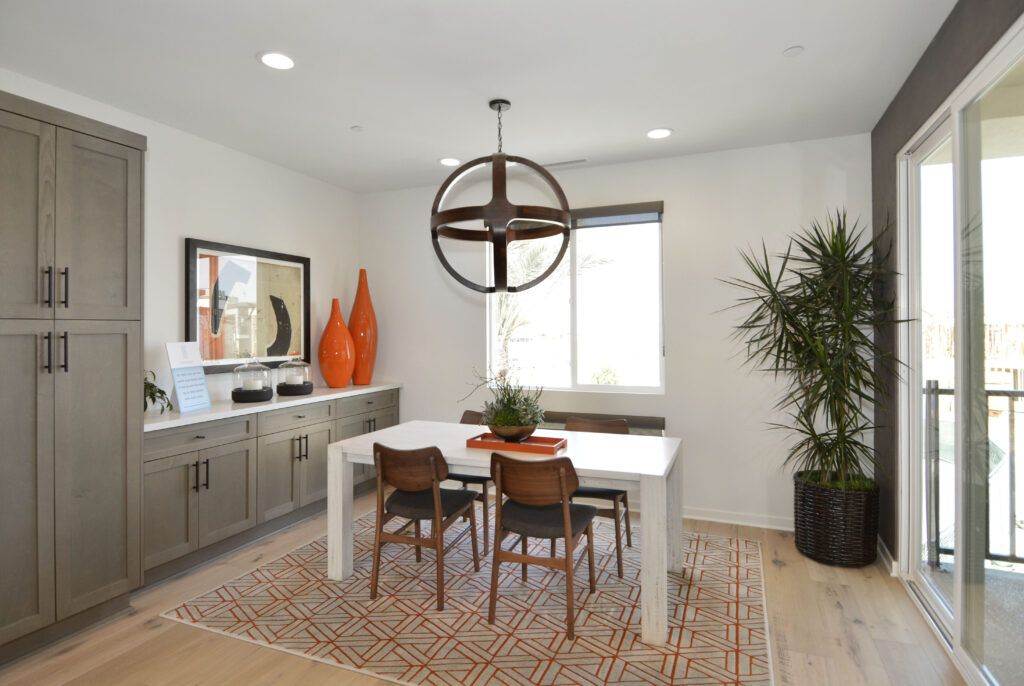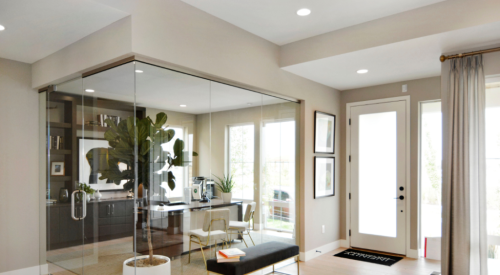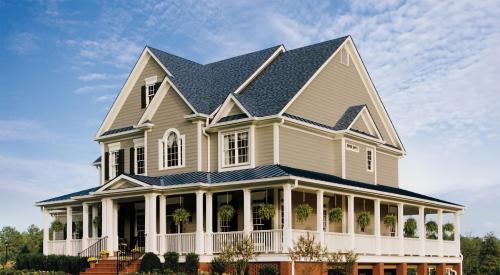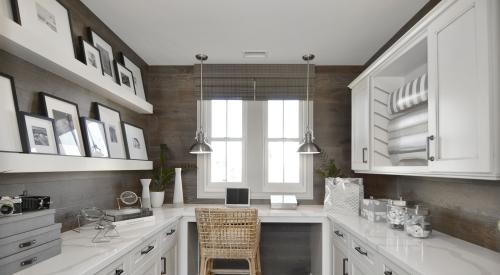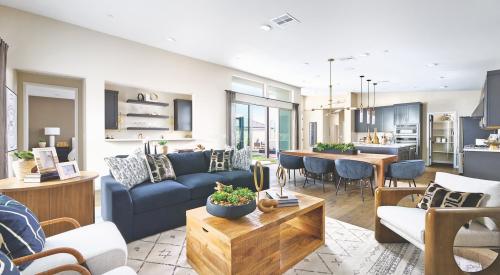Goodbye, backpacks, and briefcases in the dropzone. Hello, kitchen tables covered with laptops and files. With remote work and virtual school unavoidable in many parts of the country, many homeowners are taking hard looks at both their dedicated and hastily assembled home offices for themselves and their kids--and finding those spaces wanting.
Here are four charts that show what’s happening and the opportunities for builders, based on an August 2020 survey of more than 1,242 homeowners by John Burns Real Estate Consulting’s Design Lens.
1. Home Office Woes
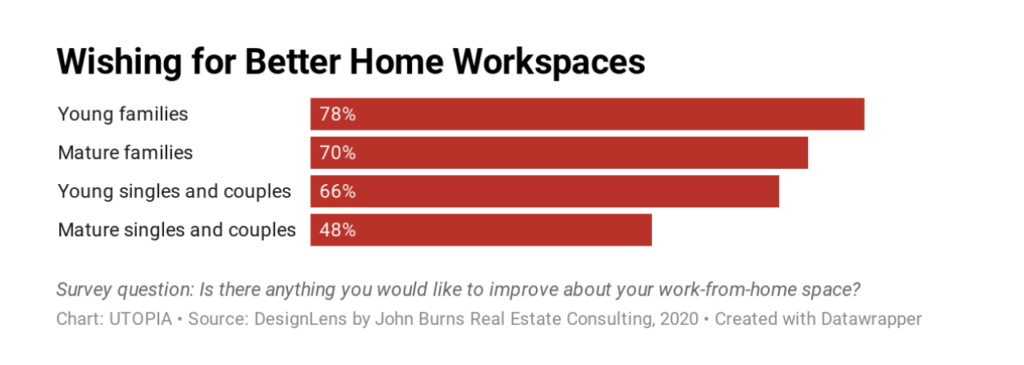
2. The Dining Room's New Mission: Providing a Workspace in the Pandemic
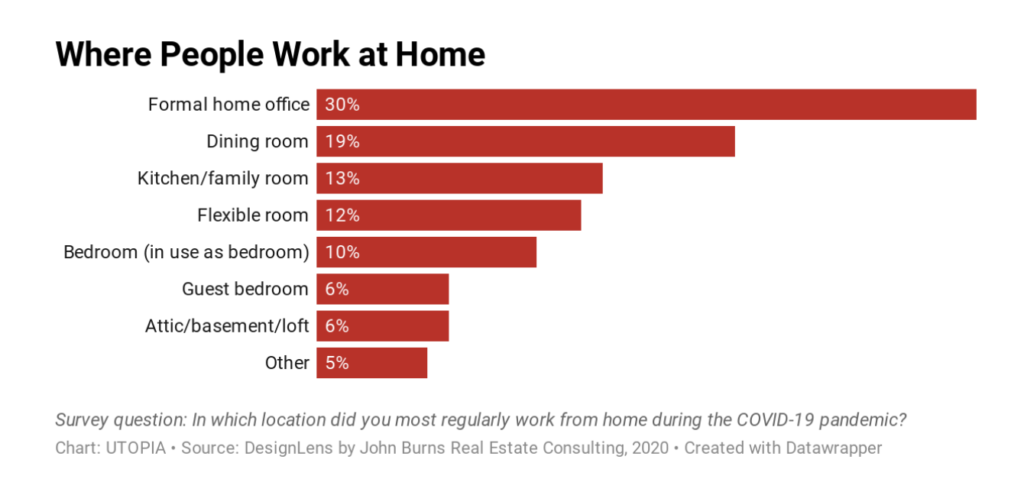
3. Buyers Need Flexible Secondary Workspaces
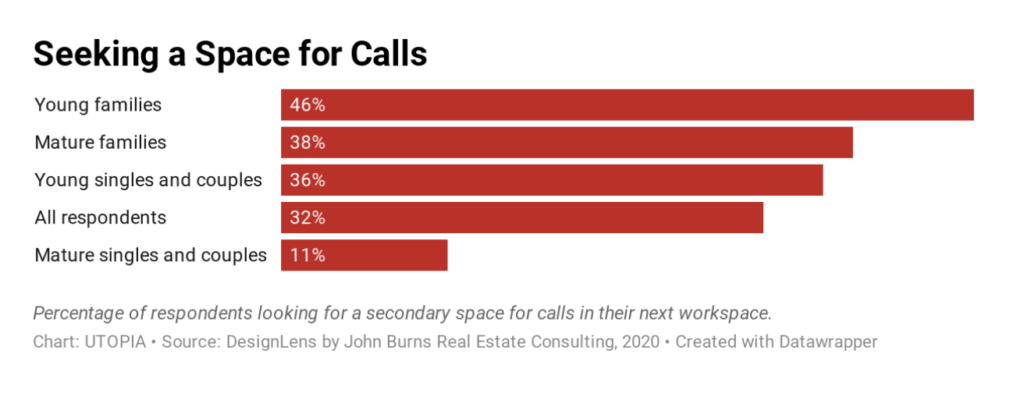
4. Tough Decisions
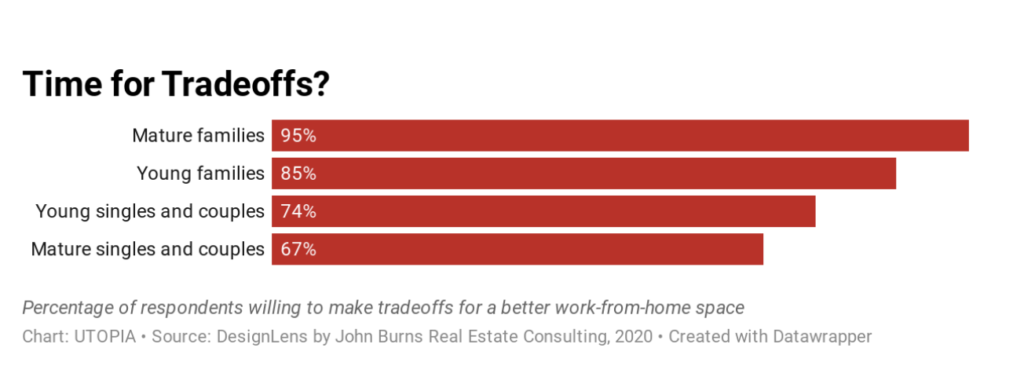
Just about every buyer segment says they are willing to give something up to improve their workspace. But builders need to carefully consider their target markets before they adjust floor plans to respond to this need. “Consumers are open to tradeoffs, but the tradeoffs they choose vary by lifestage,” according to the report by DesignLens.


